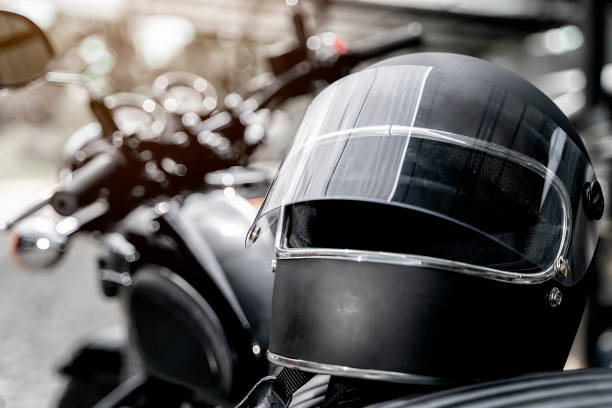Riding a motorcycle over long distances offers a unique and exhilarating journey that’s deeply appealing to enthusiasts and lovers of the open road. However, fulfilling such a trip requires careful planning and wise execution to ensure your safety, comfort, and, most importantly, enjoyment. Use these tips for long-distance motorcycle riding before you saddle up and hit the highway.
Preparation for the Ride
Proper preparation before starting up your bike makes all the difference. A well-maintained bike is your reliable companion on the long road ahead. Begin with a thorough inspection of your motorcycle—check all the essentials, such as oil levels, brakes, and lights.
A common motorcycle maintenance mistake is neglecting tire pressure, which may be hazardous as you ride. You’ll need the best traction on the road, and with deflated tires, you may not have as tight of a turn as you want.
Carefully consider what you need to pack. Minimize luggage, but don’t skimp on the essentials such as tools, a first aid kit, comfortable riding gear, and rain protection. Be mindful of what you pack and how you pack it. Distribute weight evenly across your motorcycle to maintain balance and handling on the road.
Riding Techniques
Long hours in the saddle require the right technique to avoid fatigue and ensure safety. Maintain a relaxed grip on the handlebars to reduce tension in your arms and shoulders and adjust your body position to alleviate pressure on your backside.
Point your knees toward the gas tank when accelerating to stabilize your body. Additionally, constantly scan the road ahead for potential hazards and stay alert.
Route Planning and Safety
Plan your route well, considering factors such as the type of roads, traffic levels, and the availability of services and fuel stops. Use GPS systems designed specifically for motorcyclists, such as Garmin Zūmo or Beeline, offering suggestions that prioritize scenic routes and winding roads.
As an essential tip for motorcycle safety, check the weather forecast the night before and decide whether to pack rain gear or adjust your route. When planning rest stops, look for familiar chains known for consistently high quality and safety standards.
Health and Wellness
Maintaining your health and wellness is crucial during long motorcycle rides. Stay hydrated by drinking water regularly, and consider a hydration pack for easy sipping on the go.
Snack on high-energy foods like nuts, dried fruits, and protein bars to keep your energy levels steady. Perform stretches at every stop to keep limber and prevent cramps and stiffness.
Mental wellness is equally important, so communicate regularly with your travel companions or friends and family. Monitor your pace and adjust to reduce stress and enjoy the ride at your speed.
Your motorcycle journey is about the experience of the ride, the freedom, and the connection with the surroundings. These tips for long-distance motorcycle riding are your starting point, and as you clock in more miles, you’ll develop your own set of riding routines and preferences. Pack your essentials, stay safe, and enjoy exploring the vast, beautiful landscapes stretching over the horizon.



